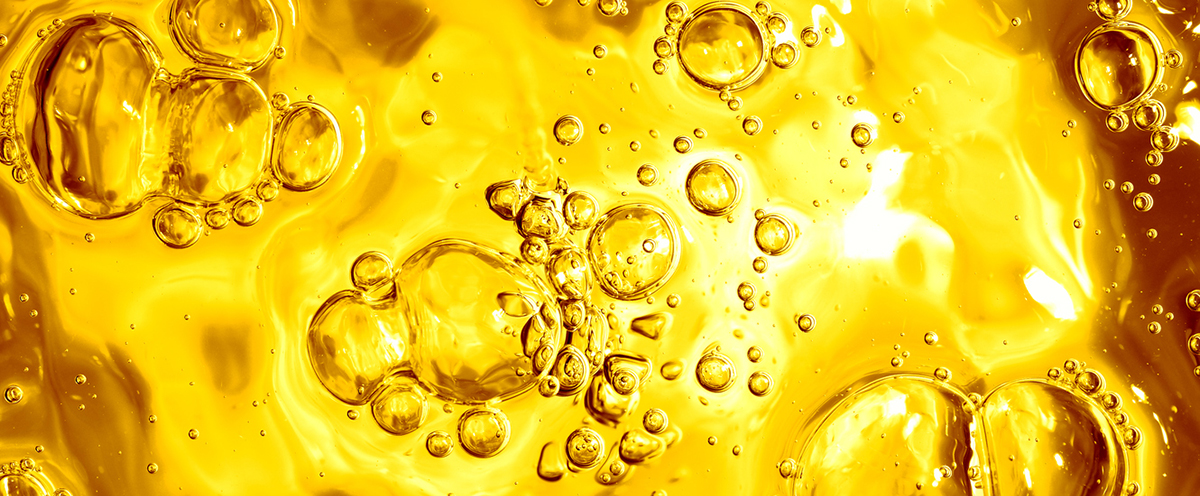Water in Oil – Keeping Moisture Out of Storage Tanks

Water in Oil Tank
Oil and Water – Never a Good Combo for Engines or Equipment
With unprecedented moisture levels across the state of California thus far in 2019, it is important to stay on top of safeguarding your lubricant products from rainwater contamination and condensation. A weather balloon released on February 14th by the Marimar Marine Corps Air Station in San Diego showed “the highest level of precipitable water in the atmosphere, for winter, since 1948.” In short, California is getting drenched, and for as beneficial as this moisture is in refilling our reservoirs and stemming the negative impacts of drought, such as widespread fire danger, it can have devastating repercussions if it makes its way into your oil.
The Problem with Water in Oil
According to Machinery Lubrication, “Moisture is considered a chemical contaminant when suspended or mixed with lubricating oils. It presents a combination of chemical and physical problems for the lubricant and machinery.” Water and elevated moisture levels in your oil create higher viscosity, making the oil “thicker,” and less lubricating. This increased thickness creates resistance and stress within engine systems and it minimizes the efficiency and protection of engine components. The presence of water in oil can cause corrosion, oxidation, rust and acid formation, which all lead to particle contamination. With decreased lubrication and increased particle contamination, the life extension of your equipment is severely compromised. According to Machinery Lubrication’s Life Extension Calculator, aggressively controlling parts per million (ppm) particle contamination in lubricants and fluids is one of the best strategies for extending the life of your machines. By using this calculator you can get a sense of how much longer your equipment will last when you maintain cleaner oil levels by eliminating water and moisture from lubricants.
How Water Gets Into Your System
If you visibly see standing water at the top of your oil reservoir or tank, or if your water appears milky, you’ve got a problem. Water and moisture can enter into your storage containers and systems in a variety of ways, and if storage containers are not properly closed and sealed with fully functioning seals, water from rainfall can enter each time the lid is opened or product is pulled from the tank. Condensation can also form from ambient moisture being sucked in whenever the tank volume changes. Anywhere a tank is breathing, whether that be a storage tank or within your engine, there is a potential risk for contamination.
Strategies for Avoiding Water Contamination
It is highly likely that on some level, water and moisture are entering into your storage containers and systems, so tightening up your storage practices as mentioned above, performing routine oil analysis, and installing desiccant breathers on tanks are all preventative maintenance measures that can help ward off water contamination. SCL offers a comprehensive Oil Analysis program that is used to determine the chemical condition of your fluids and how well your equipment and components are operating over time. Besides the many benefits of regular oil analysis, we also offer a full line of Des-Case desiccant breathers that can be added to tanks to “strip the surrounding air of contaminants – both moisture and dirt – to keep lubricants running clean and dry.” Desiccant breathers passively absorb moisture from inside the tank, as well as new moisture that is pulled in. Says Troy Hudson, SCL’s Industrial Development Manager, “Really, it comes down to how do you prevent moisture from entering your tanks? Desiccant breathers are an effective line of defense for removing ambient moisture that can cause problems down the road, and oil analysis will give you a clear picture of the chemical integrity of your oil.”
The Bottom Line
The effects of water in oil can be huge. By understanding how water gets into your oil storage tanks and into your engine, as well as preventative measures that you can take to minimize such moisture from entering, you can protect and optimize your fleet while also extending the life of your machines.
